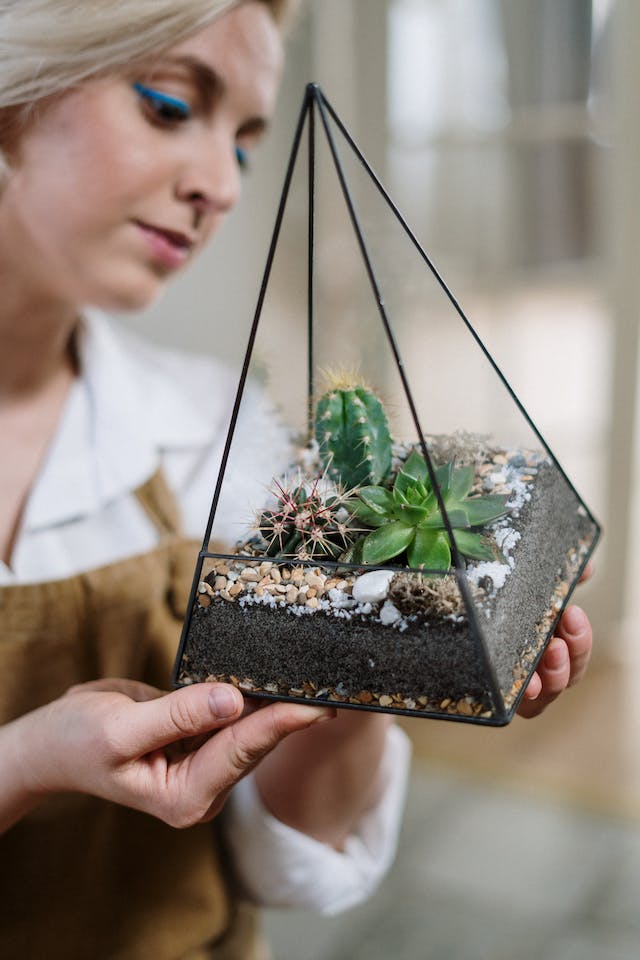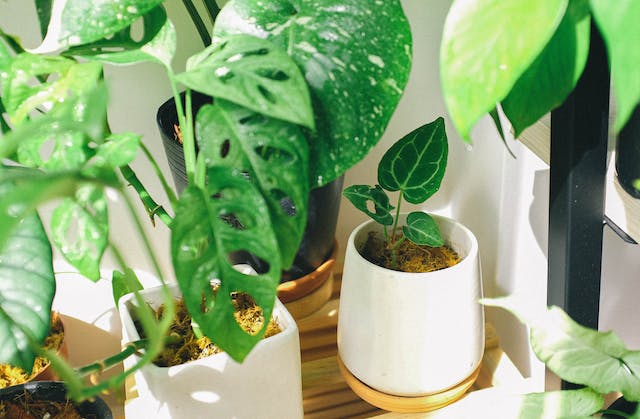If you are here reading this article, it is probably because you are either considering the idea of beautifying your home and accompanying it with some plants, or you already have them. Still, you cannot get them to grow and develop as they should. We can all enjoy the company of plants in our homes, which help us improve the environment and relax both indoors and in the garden. Caring for plants is actually quite simple once you learn the basics.
Irrigation
The vast majority of plants do not tolerate waterlogging in their soil or substrate, so watering them in excessive quantities is one of the main causes of the death of plants in the home. It is much better to water often and in small quantities than to do it a little or a lot, although this is easier. Drought-resistant plants, such as cacti and succulents in general, are especially vulnerable to waterlogging.
Humidity of floor
Another basic care for plants is to check the humidity of the soil where they are planted. If you are not sure whether your plant needs watering or not, stick a small toothpick or even your finger into the substrate next to the plant without damaging it. If the soil is moist, it will stick to the stick or your finger, and, normally, this means that it does not need watering yet.
Indirect light
If you are not sure if a plant is a sun or shade plant and you cannot find information, there is a formula that always works: give it abundant, indirect light. Some plants do not tolerate direct sun, which burns their leaves, while others do not thrive in the shade. The solution is:
- Indoors: place them in a bright room near a window that filters the light with a curtain.
- Outdoors: place them where they are protected from the midday sun and only receive morning or afternoon light.
Cold
Very few plants tolerate frost: if you live in an area where winters are very cold, you will have to look for seasonal plants or those that especially tolerate that type of climate. You can use specific fabrics to keep plants covered in winter, which will help them retain temperature. Likewise, quilting can help.
 Heat
Heat
Many desert or Mediterranean species are adapted to hot summers, but many others do not tolerate temperatures above 30ºC well, and even less so in the sun. Water them more often and find shade, especially during the hottest hours.
You can visit these other two articles on Sun-resistant flowering garden plants or Shade plants.
Universal substrate
There are plants with specific needs in terms of substrate, such as acidophilic plants, and others that are not demanding at all. However, you can prepare a universal mixture yourself that will be excellent for a very high percentage of them: mix equal parts peat, coconut fibre and worm castings, and then add a few handfuls of vermiculite and perlite. You will have a very light mixture with excellent drainage and rich in nutrients and beneficial microorganisms, ideal even for seedbeds.
Pots with drainage holes
Again, insisting on drainage, the pot in which you place your plant must have holes through which excess water can escape when watering. Indoors, you can place a plate under the pot and remove the excess water about ten minutes after watering.
Organic fertilizers
Despite popular belief, plants don’t live on sun and water alone: they need nutrients. They extract them from the ground, but as they develop, they use up those available to them, especially in pots, and they must be renewed. Always fertilize in spring and summer, during the active months, once every 15 days whenever you can, use organic and ecological fertilizers, such as worm castings or compost, which you can make yourself.
Maintenance pruning
Whenever you see wilted leaves or flowers on your plant or blackened stems that look bad, take the sharpest scissors you have, disinfect the edge and prune or remove anything that is in poor condition. In this way, the plant does not waste energy or nutrients feeding parts that will end up dying anyway and can focus on its healthy stems or branches, which will develop better.…

 Tips and recommendations to care for your plants
Tips and recommendations to care for your plants